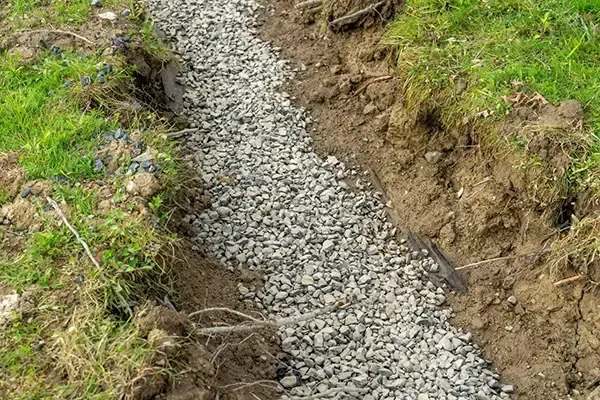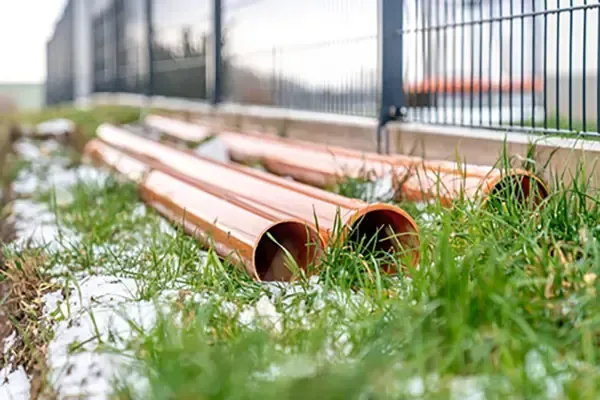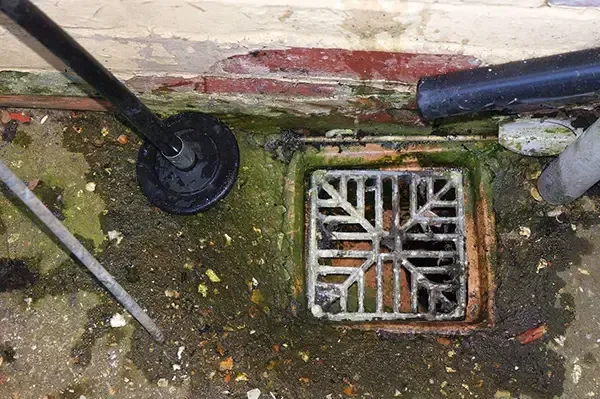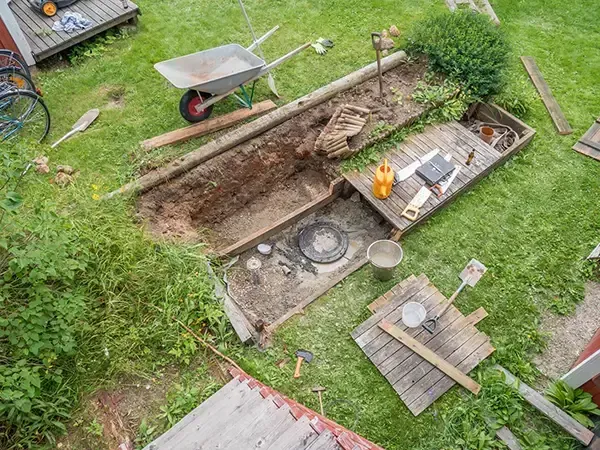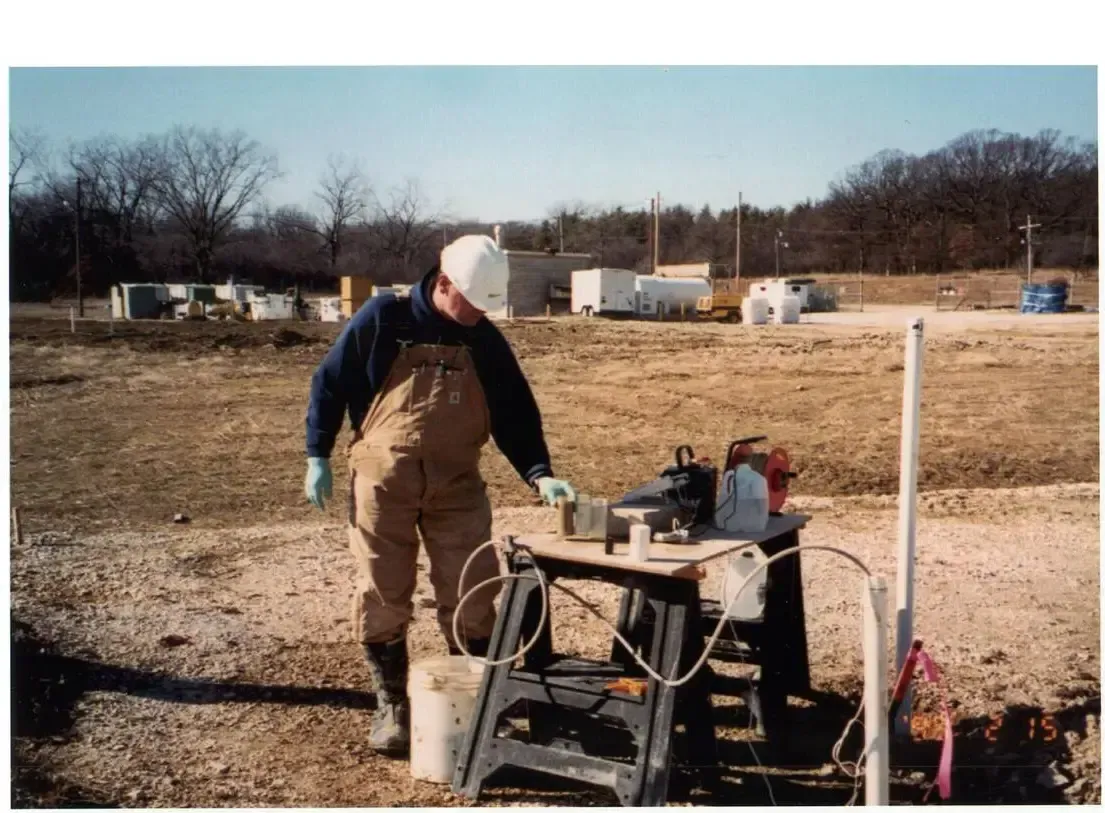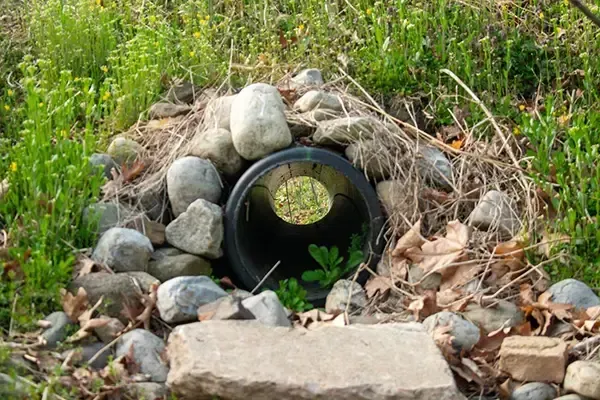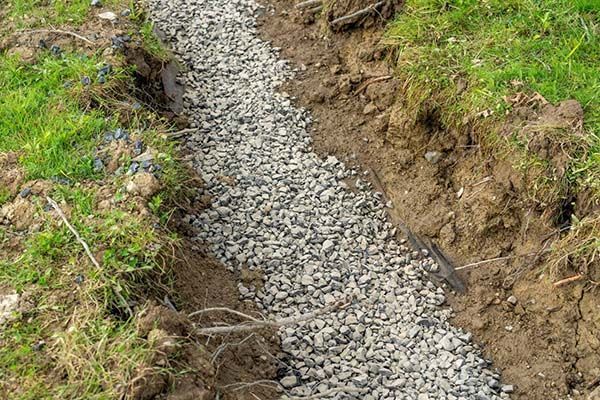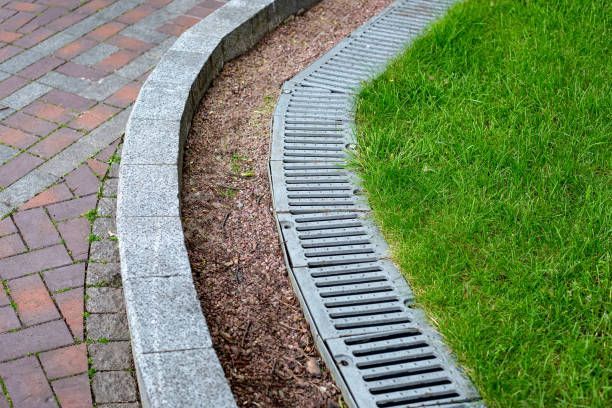Why Is Proper Drain Pipe Installation Crucial for Your Home?
Why Is Proper Drain Pipe Installation Crucial for Your Home in Houston, Texas

New Welcome to our comprehensive guide on the significance of properly installed drain pipes in your home.
These hidden heroes of your household infrastructure play an indispensable role in efficiently transporting wastewater and preventing costly repairs, water damage, and unpleasant odors.
Despite their inconspicuous location, their function is far from trivial.
In the following sections, we'll explore in depth why drain pipes are vital and how their correct installation proves to be a crucial component for your home's well-being.
So, let's get started in unearthing the importance of these unseen essentials.
Understanding the Role of Drain Pipes in Your Home
Drain pipes play a pivotal role in your home that you might not fully appreciate.
They're the unsung heroes of your plumbing system, efficiently whisking away waste and water from your home.
You don't see them, you don't hear them, but they're always working tirelessly to keep your home clean, dry, and sanitary.
Silent Efficiency:
When they're working correctly, you rarely give them a second thought.
Their hidden nature often leads to them being overlooked.
Essential Functions:
Wastewater Transport: They transport wastewater from your sinks, toilets, showers, and appliances to the public sewer system or septic tank.
Sewer Gas Venting: They vent harmful sewer gases out of your home through plumbing vents, preventing them from entering your living spaces.
Consequences of Neglect:
Blockages: Accumulation of debris, grease, and foreign objects can cause blockages, leading to backups and overflows.
Leaks: Corrosion, damage, or improper installation can lead to leaks, causing water damage to walls, floors, and ceilings.
Sewer Gas Intrusion: Damaged or improperly vented pipes can allow harmful sewer gases to enter your home, posing health risks.
Property Damage: Water damage from leaks and backups can lead to costly repairs and mold growth.
Importance of Proper Installation:
Proper installation ensures efficient drainage and prevents leaks and blockages.
Correct venting is crucial for preventing sewer gas intrusion.
Using the correct materials and adhering to building codes are essential for longevity and safety.
The Consequences of Improper Drain Pipe Installation
While you may not think about them often, improperly installed drain pipes can wreak havoc in your home, leading to a cascade of costly and unpleasant problems.
Water Damage and Property Value:
Leaks and backups can cause significant water damage to walls, floors, and ceilings.
This damage leads to costly repairs and a decrease in your property's value.
Sewer Gas Intrusion and Health Risks:
Improper venting allows sewer gases to escape into your home, causing unpleasant smells.
These gases can be harmful to your health, potentially leading to respiratory problems and other health issues.
Blockages and Slow Drainage:
Poor installation can result in blockages and slow drainage, leading to constant frustration.
This can create unsanitary conditions and hygiene issues.
Backups and Cleanup:
Incorrect slope or alignment can cause constant backups, leading to messy and unpleasant cleanup tasks.
This also poses a risk of spreading bacteria.
Long term damage:
Mold growth can occur from the constant moisture.
Structural damage can occur over time.
How to Ensure Correct Drain Pipe Installation in Your Home
To safeguard your home from the damaging consequences of improper drain pipe installation, follow these key steps:
Material Selection (PVC Pipes):
PVC (polyvinyl chloride) is indeed a common and reliable choice. Its resistance to corrosion, affordability, and ease of installation make it suitable for many residential drainage systems.
However, depending on the specific application and local climate, other materials like ABS (acrylonitrile butadiene styrene) or cast iron might be considered.
Pipe Slope (1/4 Inch per Foot):
This slope is critical for gravity-driven drainage. Too little slope can lead to stagnant water, clogs, and backups. Too much slope can cause water to drain too quickly, leaving solids behind.
A consistent slope is key. Variations can create low spots where water accumulates.
Testing for Leaks:
Thorough testing is vital. Filling the pipes with water and visually inspecting all connections is a simple yet effective method.
Pressure testing may be required for certain applications or as mandated by local codes.
Compliance with Local Building Codes:
Building codes vary by location.
Obtaining the necessary permits and inspections is crucial for ensuring compliance.
Codes address various aspects of plumbing, including pipe sizing, materials, venting, and connections.
It is always a good idea to consult a licensed plumber.
The importance of proper drain pipe installation cannot be overstated.
It's an essential part of maintaining the functionality and safety of your home.
Improper installation can lead to a host of problems, from water damage and decreased property value to health risks from sewer gas intrusion.
By choosing the right materials, maintaining proper pipe slope, thoroughly testing your system, adhering to local building codes, ensuring proper venting, and securing all connections, you can ensure an efficient, long-lasting drain system.
Remember, when it comes to drain pipes, it's always better to invest time and effort in correct installation than to deal with the costly and unpleasant consequences of shortcuts and neglect.
